Bacon is a type of salt-cured pork made from various cuts, typically the belly or less fatty parts of the back. It is eaten as a side dish (particularly in breakfasts), used as a central ingredient (e.g., the bacon, lettuce, and tomato sandwich (BLT)), or as a flavoring or accent (as in bacon bits in a salad).
Bacon is also used for barding and larding roasts, especially game, including venison and pheasant, and may also be used to insulate or flavour roast joints by being layered onto the meat. The word is derived from the Proto-Germanic *bakkon, meaning "back meat".
Meat from other animals, such as beef, lamb, chicken, goat, or turkey, may also be cut, cured, or otherwise prepared to resemble bacon, and may even be referred to as, for example, "turkey bacon". Such use is common in areas with significant Jewish and Muslim populations as both religions prohibit the consumption of pork. Vegetarian bacons such as "soy bacon" also exist.
Salted pork belly first appeared in China. In Middle English the term bacon or bacoun referred to all pork in general. Before the industrial revolution, bacon was generally produced on local farms and in domestic kitchens. The worlds first commercial bacon processing plant was opened in Wiltshire in the 1770s by John Harris. In 1930, 99% of the world's bacon and ham exports went to Britain, where Danish bacon was preferred to domestic bacon. Danish bacon was produced in a state-supported factory system with more standardized quality and was extensively advertised. In the Second World War Danish bacon was not available, and the American alternative, said to be fat and heavily boraxed, was not popular.
Studies have consistently found the consumption of processed meat to be linked to increased mortality, and to an increased risk of developing a number of serious health conditions including cancer, cardiovascular disease and type 2 diabetes. Although as of 2017 these links have not been definitely established as causal, they are likely to be.
Bacon can contain nitrites, which can form carcinogenic nitroso-compounds such as S-Nitrosothiols , nitrosyl-heme and nitrosamines. In the United States, sodium nitrite cannot exceed certain levels in bacon. Vitamin C (ascorbate) or sodium erythorbate can be added to bacon, which greatly reduces the formation of nitrosamines but has no effect on S-Nitrosothiols and nitrosyl-heme. Vitamin E (tocopherol) also reduces nitrosamine levels. Bacon fried at higher temperatures potentially has more nitrosamines than bacon fried at lower temperatures.
According to the World Health Organization in 2015, regular consumption of processed meats such as bacon increases the likelihood of developing colorectal cancers by 18%.
Turkey bacon is consumed by some as an alternative to pork bacon for health benefits, religious laws, or other concerns. It is lower in fat and food energy than bacon, but is used similarly.
The meat for turkey bacon comes from the whole turkey, which is chopped and reformed into strips to resemble bacon, and can be cured or uncured, or smoked. Turkey bacon is cooked by pan-frying. Cured turkey bacon made from dark meat can be less than 10% fat. The low fat content of turkey bacon means it does not shrink while being cooked and has a tendency to stick to the pan.
Bacon bits are a frequently used topping on salad or potatoes, and a common element of salad bars. They are usually salted. Bacon bits are made from small, crumbled pieces of bacon; in commercial plants they are cooked in continuous microwave ovens. Similar products are made from ham or turkey, and analogues are made from textured vegetable protein, artificially flavored to resemble bacon.
There is also a wide range of other bacon-flavored products, including a bacon-flavored salt (Bacon Salt), Baconnaise (a bacon-flavored mayonnaise), Bacon Grill (a tinned meat, similar to Spam) and bacon ice cream.
Do you love bacon? How about cheese? If you nodded enthusiastically to either of those, then you're about to experience something wonderful...a Bacon and Cheese Lover's Pie. It's a quiche-style dish that's absolutely loaded with cheese, bacon, and some chopped spinach. You'll be smiling from your first forkful to your last.
- 1 refrigerated pie crust (from a 17-ounce package)
- 1 1/2 cups (6 ounces) shredded cheddar cheese
- 1 1/2 cups (6 ounces) shredded Swiss cheese
- 1/2 cup real bacon bits
- 1 (10-ounce) package frozen chopped spinach, thawed, drained, and squeezed dry
- 3 eggs
- 1 1/2 cups half-and-half
- 1 teaspoon onion powder
- 1/4 teaspoon black pepper
- 1/4 teaspoon ground nutmeg
- Preheat oven to 350º. Place pie crust in a 9-inch deep dish pie plate and flute edges.
- In a medium bowl, combine cheddar and Swiss cheeses; sprinkle half the mixture into bottom of pie crust. Sprinkle bacon bits over cheese, top with spinach, then remaining cheese.
- In the same bowl, combine eggs, half-and-half, onion powder, and pepper; beat until thoroughly mixed. Pour into pie crust; sprinkle with nutmeg.
- Bake 40 to 45 minutes, or until a toothpick inserted in center comes out clean.
- Remove from oven and cool on a wire rack 5 minutes before cutting and serving.
1987 – The Federal Communications Commission rescinds the Fairness Doctrine which had required radio and television stations to present controversial issues "fairly".
1993 – A federal judge sentences Los Angeles Police Department officers Stacey Koon and Laurence Powell to 30 months in prison for violating motorist Rodney King's civil rights.
National Coast Guard Day on August 4th celebrates and honors the courageous work of the service members of Coast Guard.
The United States Coast Guard is one of the six US Armed Forces. While this maritime service is a branch of the military, they are a multi-missioned service. During peacetime, it operates under the Department of Homeland Security. However, their responsibilities can be transferred to the US Navy by the President of the United States any time deemed necessary, or by Congress during war times.
Always ready, The United States Coast Guard’s official motto in Latin reads Semper Paratus.
Since 1790, the Coast Guard’s missions have changed. As the nation and the military services grew, maritime needs evolved. In 1917, the first Coast Guard aviators graduated from Pensacola Naval Aviation Training School. Today, aviation is a large part of the Coast Guard’s security, enforcement, and defense readiness.
Always ready to protect our shores and waterways, the Coast Guard provides more than search and rescue. They are a large part of the nation’s navigation system and Marine Environmental Protection.
When Hurricane Katrina struck the Gulf Coast of America, the US Coast Guard saved over 33,500 lives. Their maritime efforts rescued an estimated 24,000 lives from peril in severely dangerous conditions.
Since 1790, service members have been at the ready to provide support whatever the mission. Their commitment continues today.
NATIONAL COAST GUARD HISTORY
The United States Coast Guard traces its founding to an act of Congress on August 4, 1790. The Coast Guard consisted of 10 vessels that carried out the enforcement of various trade and humanitarian duties.


.jpg)


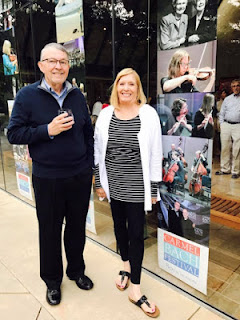
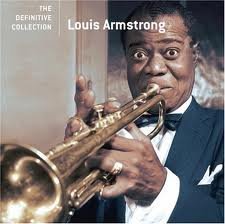
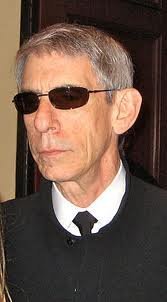
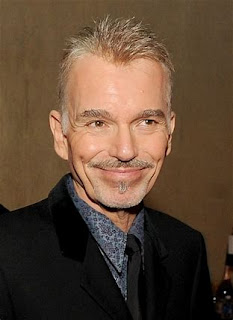
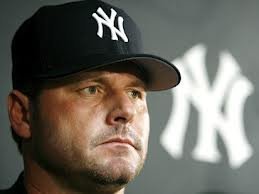

No comments:
Post a Comment